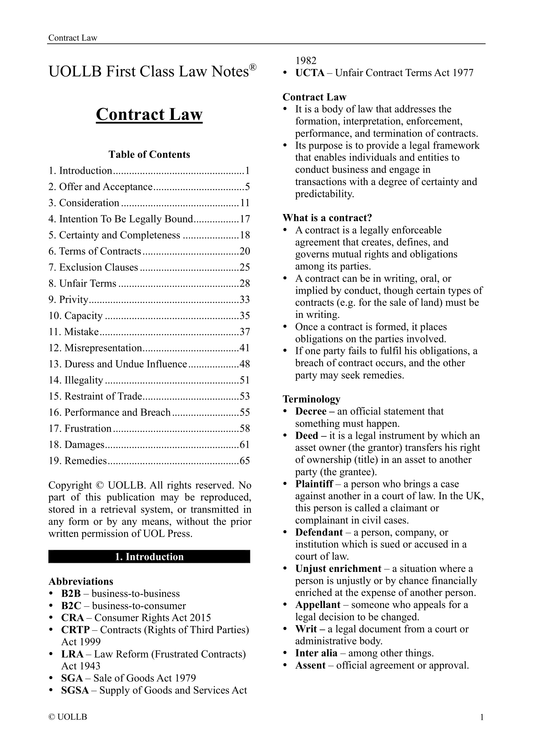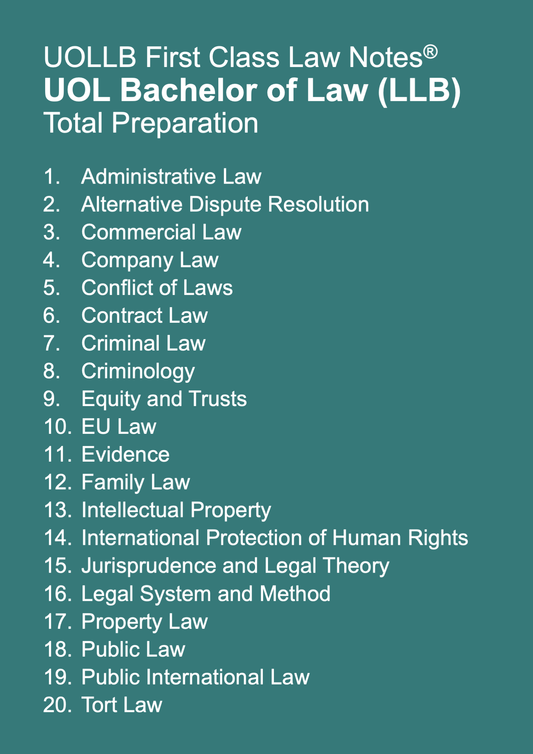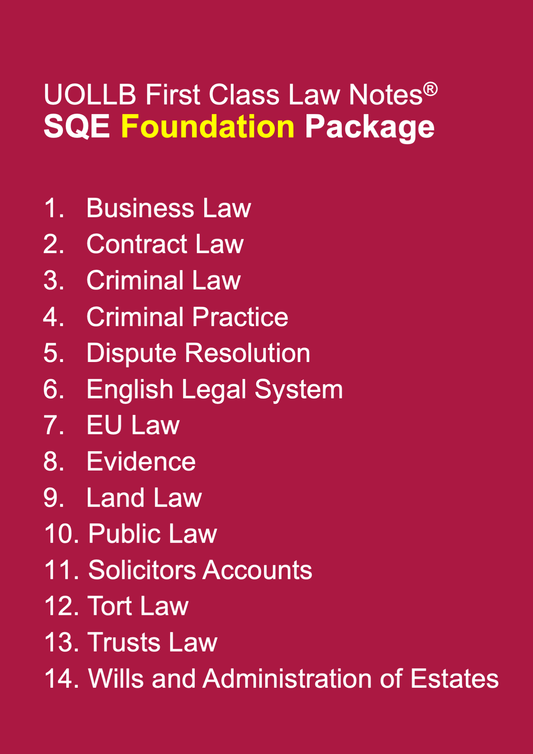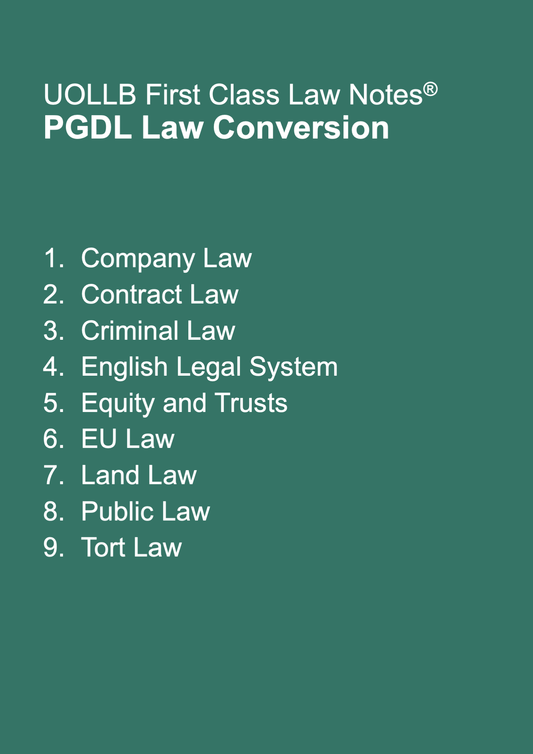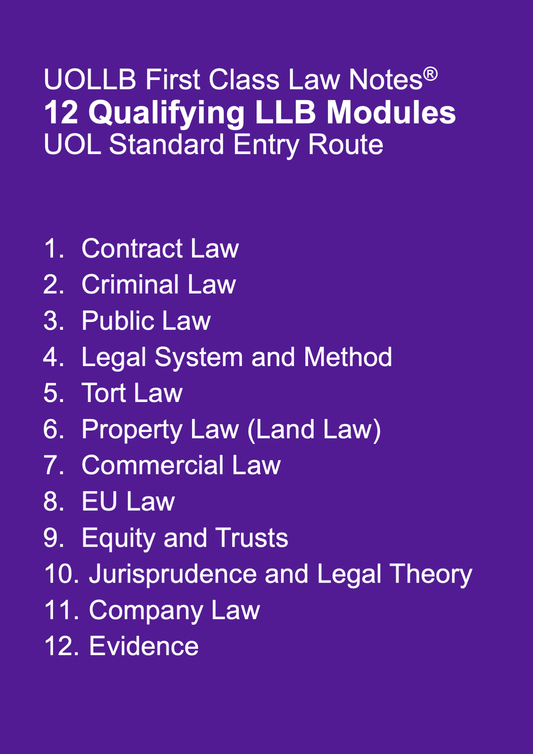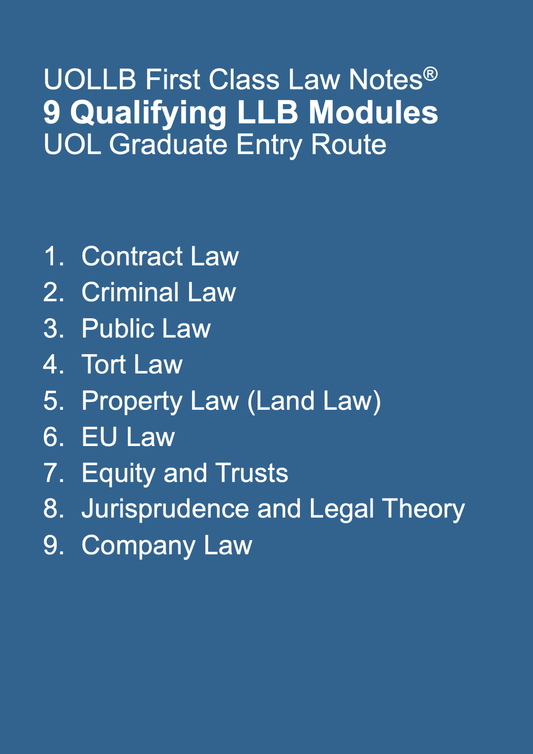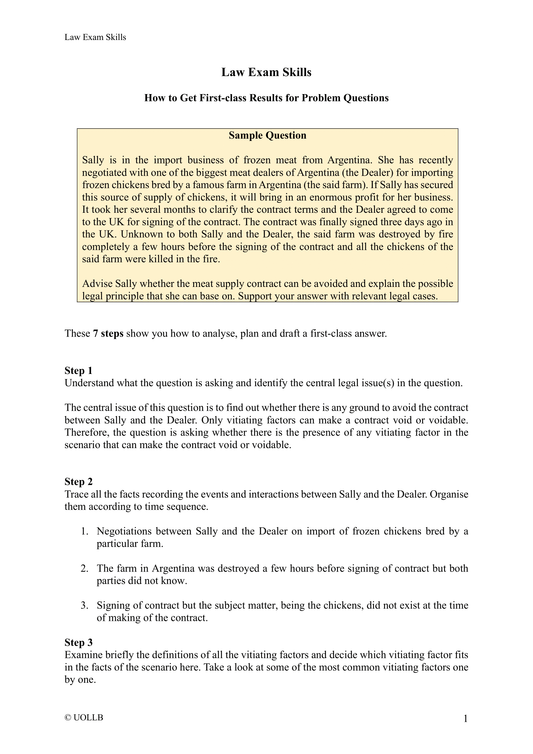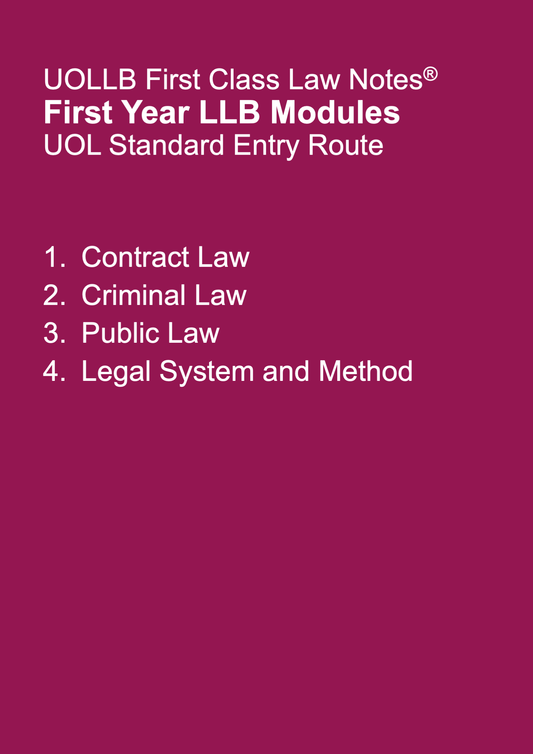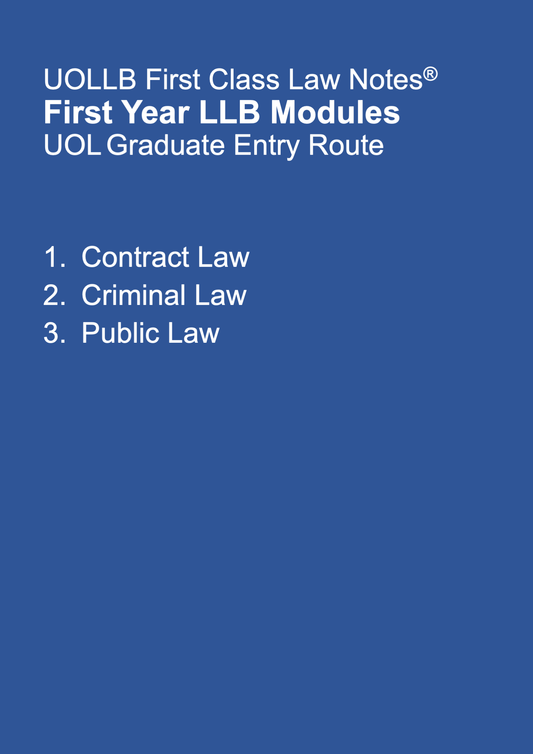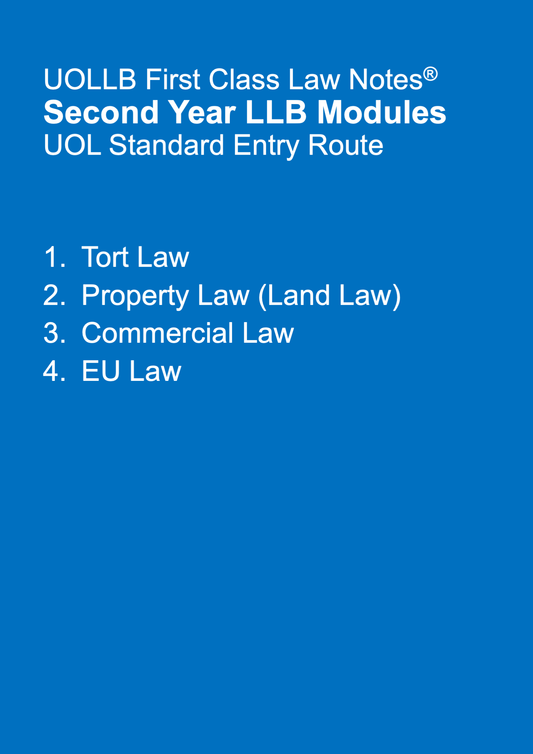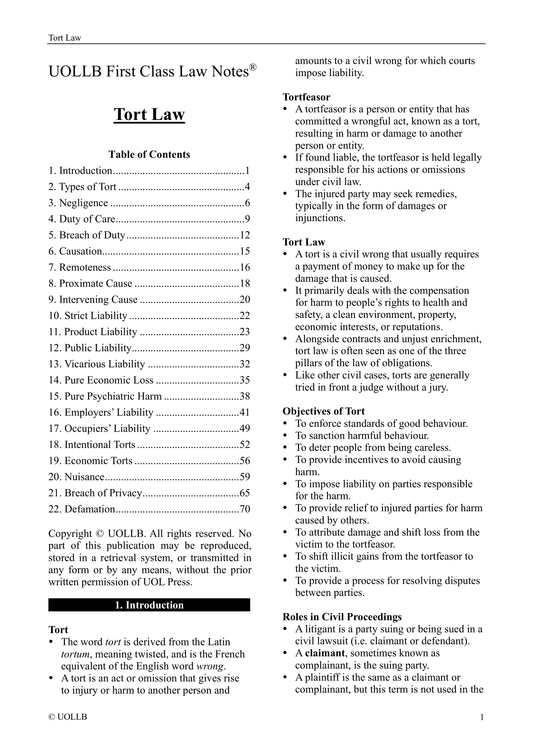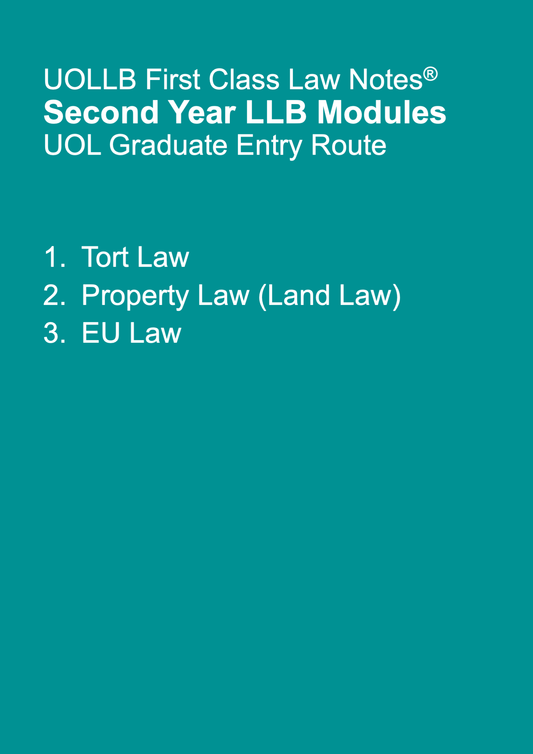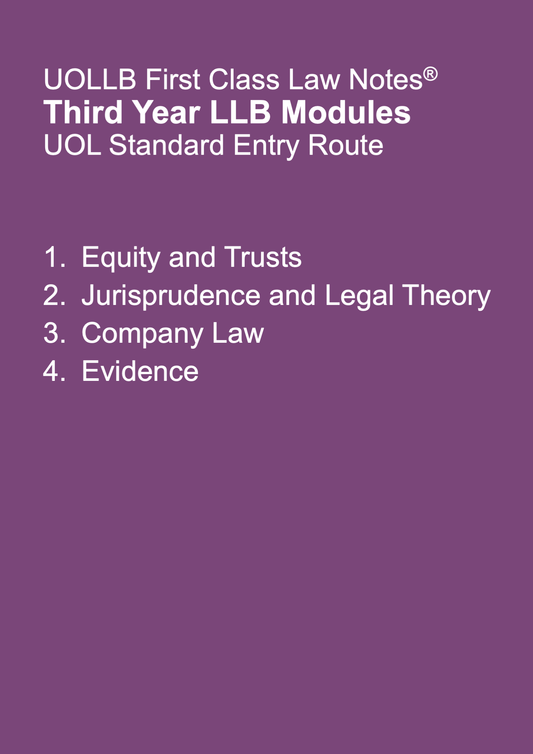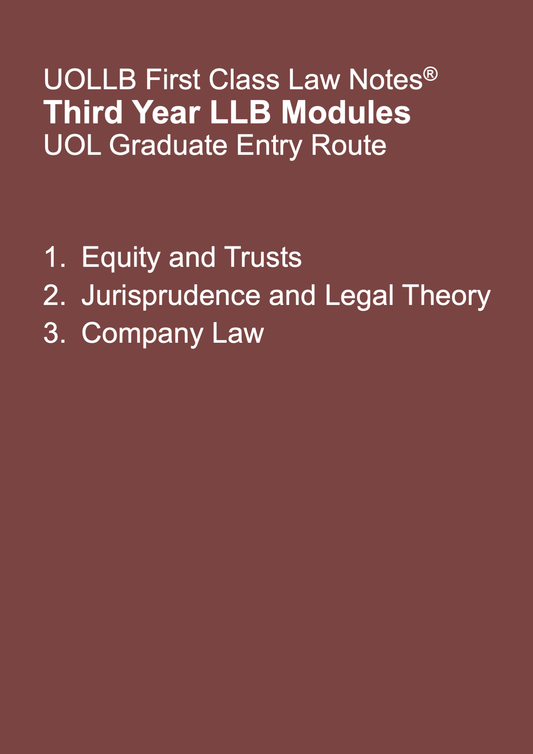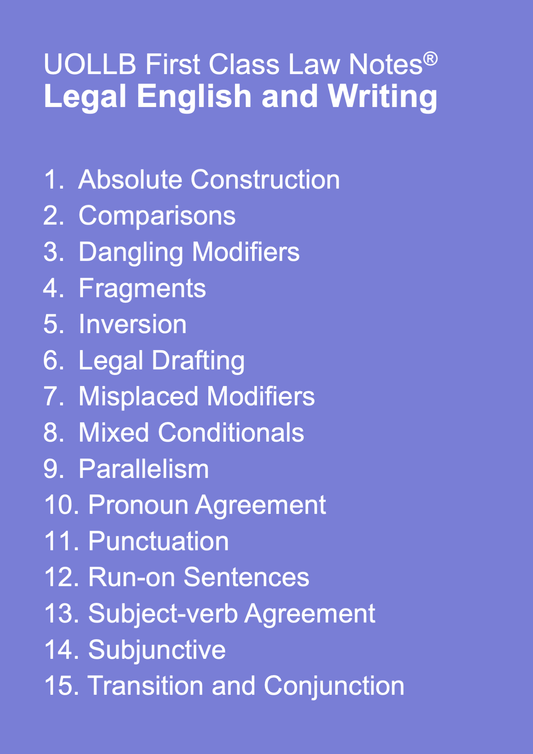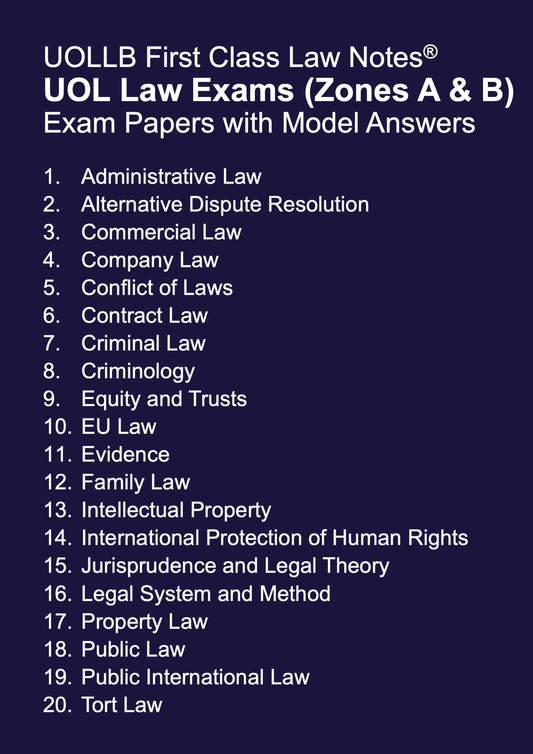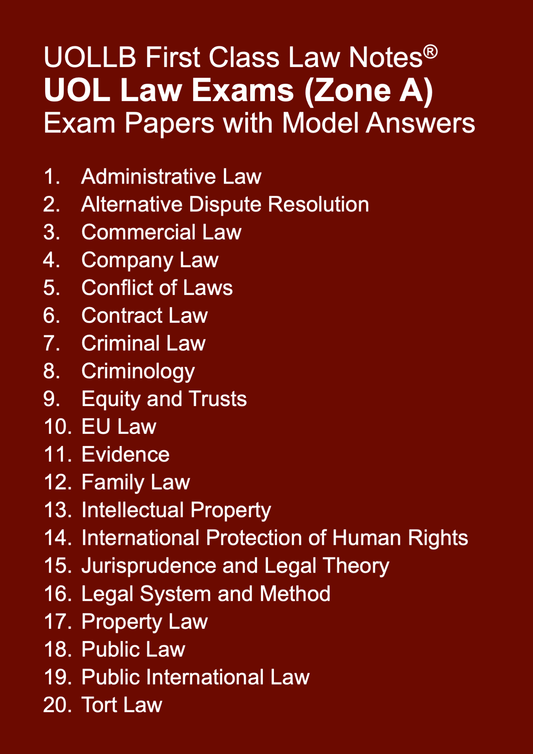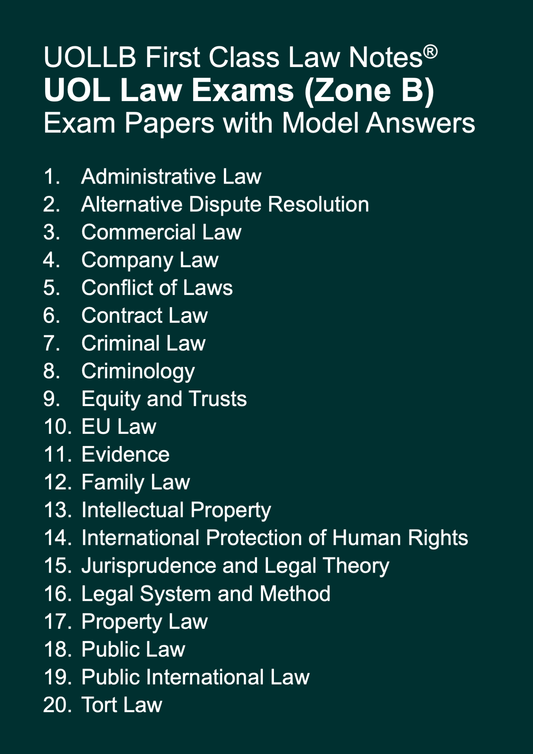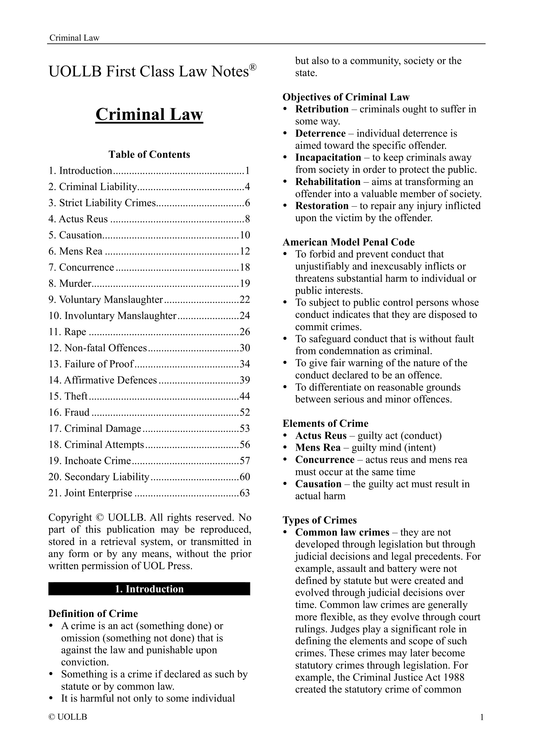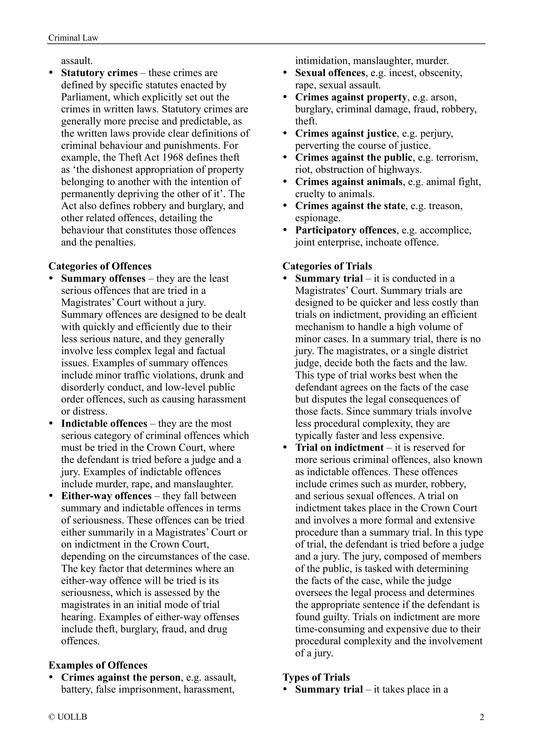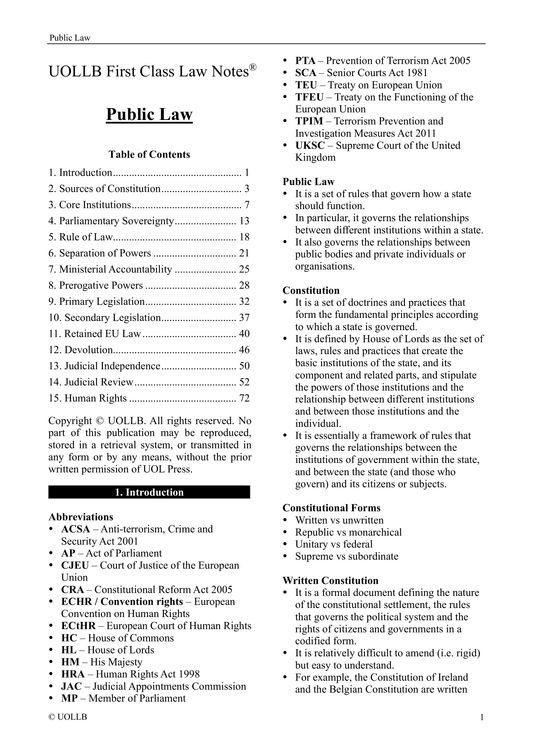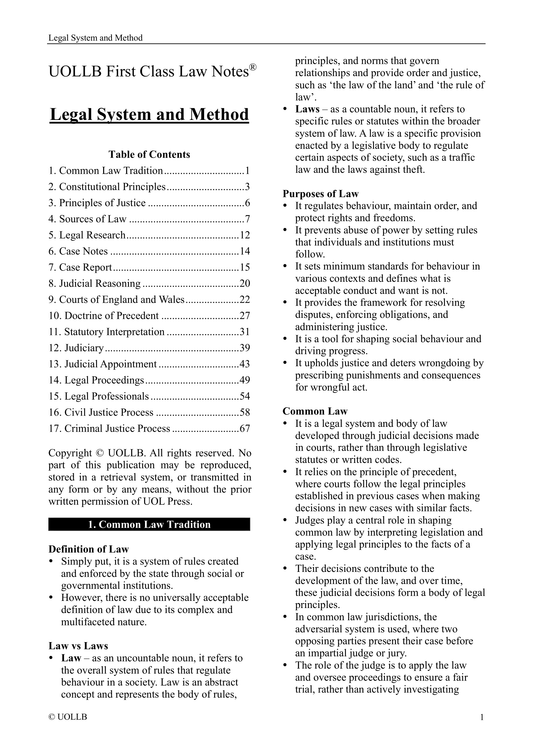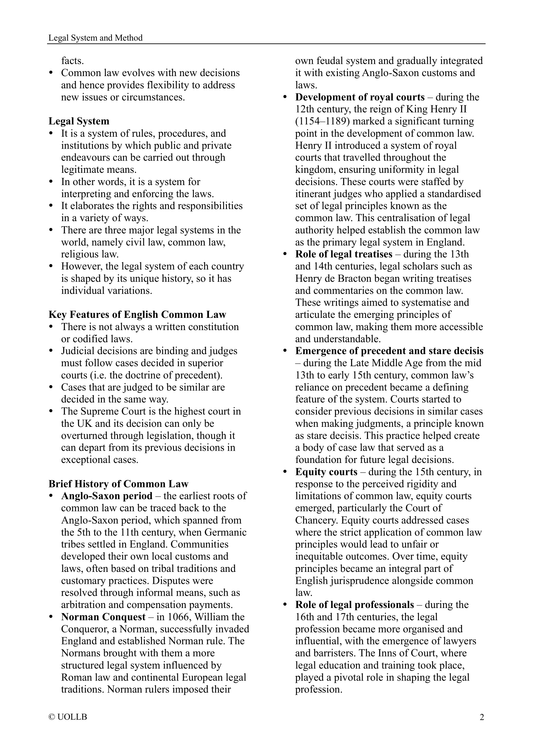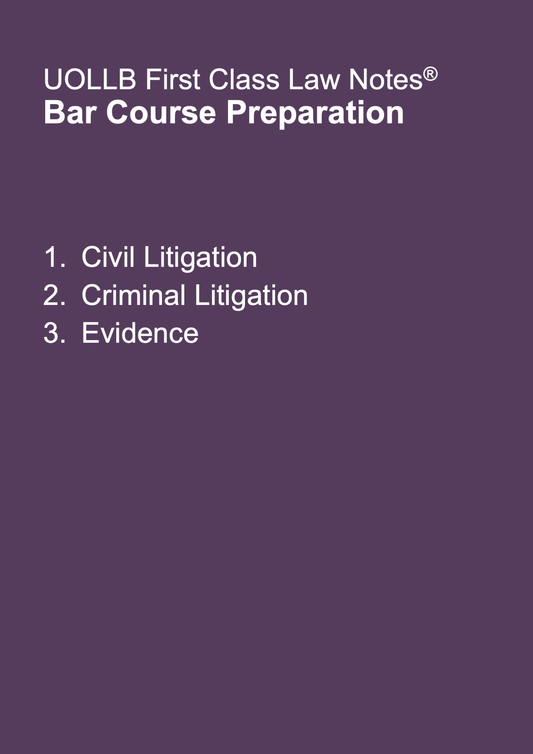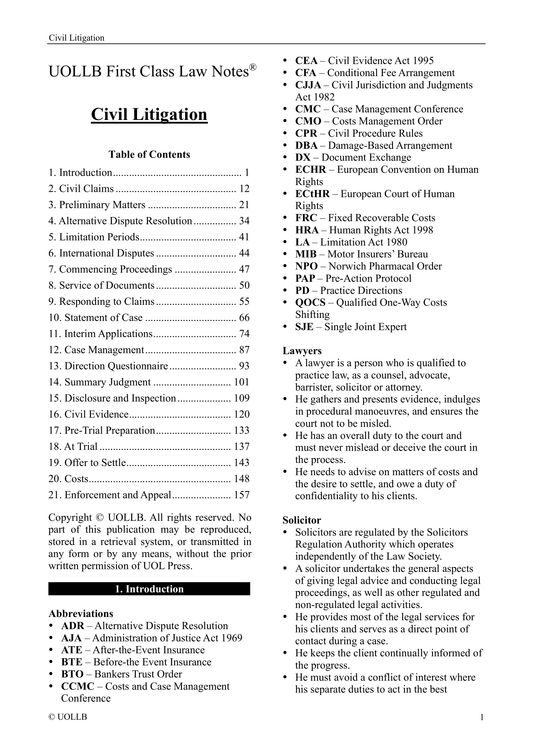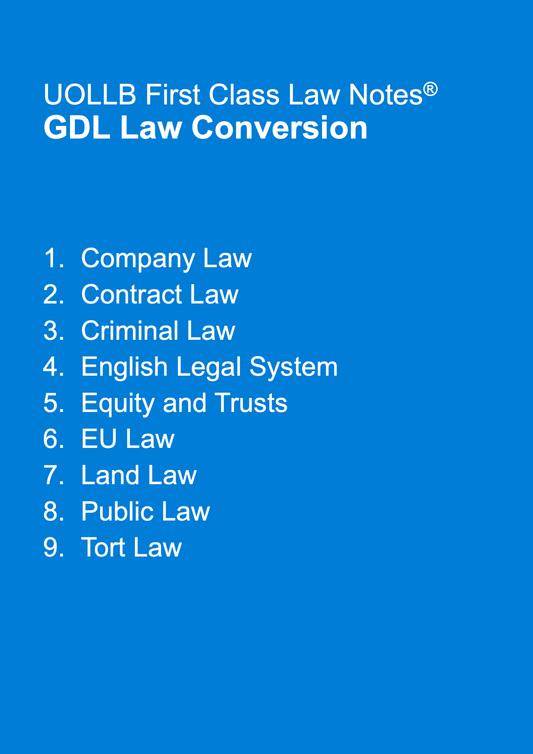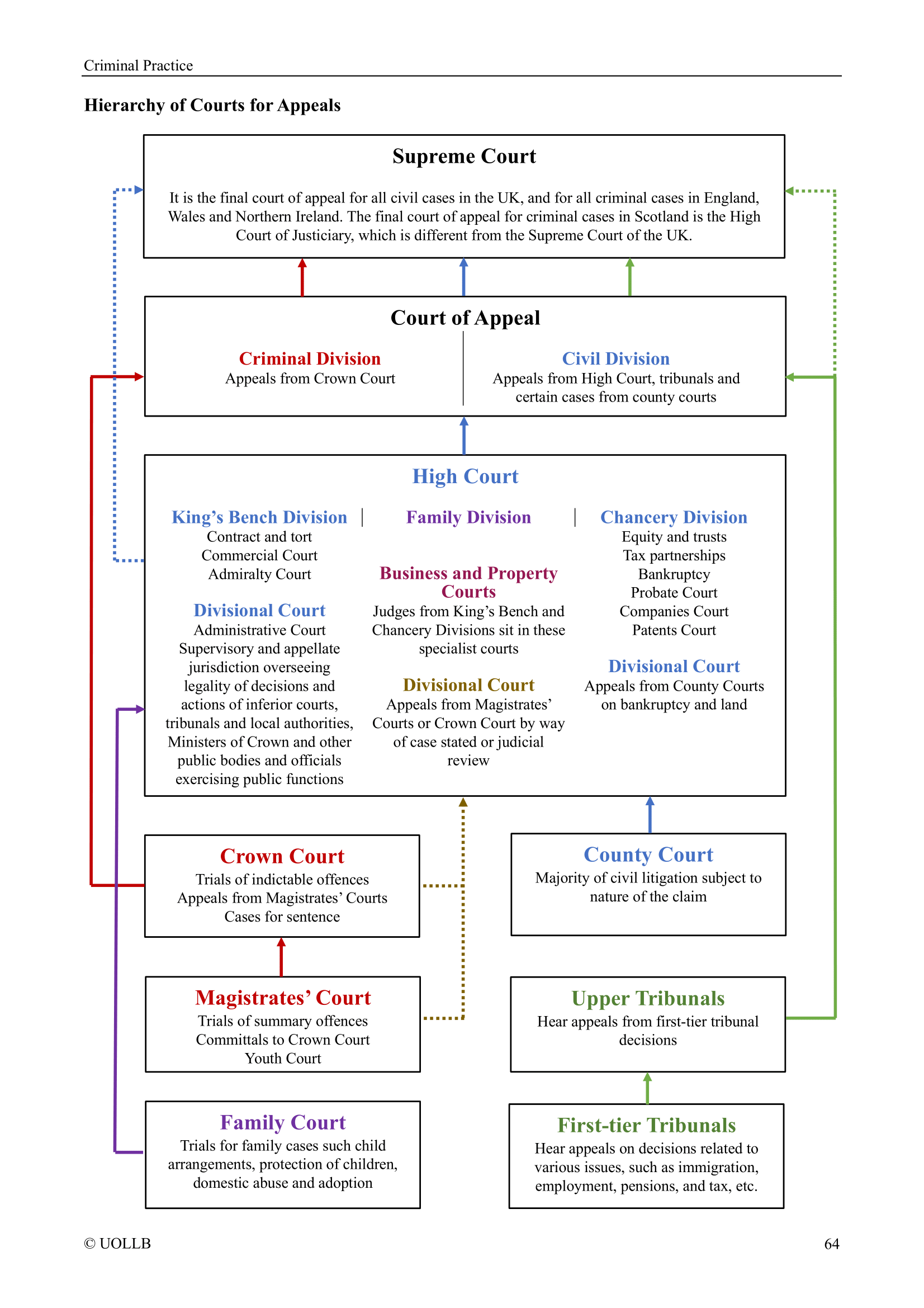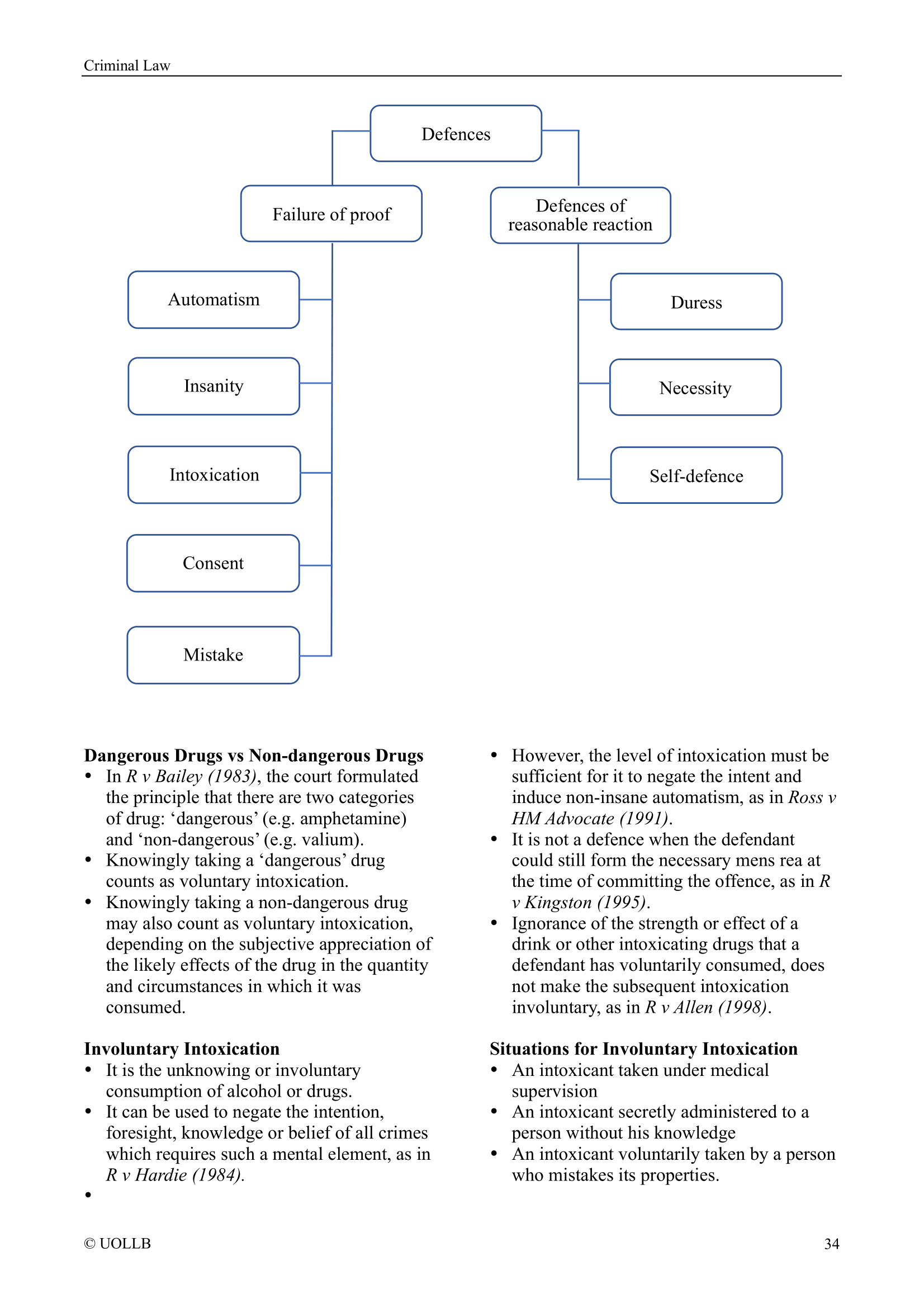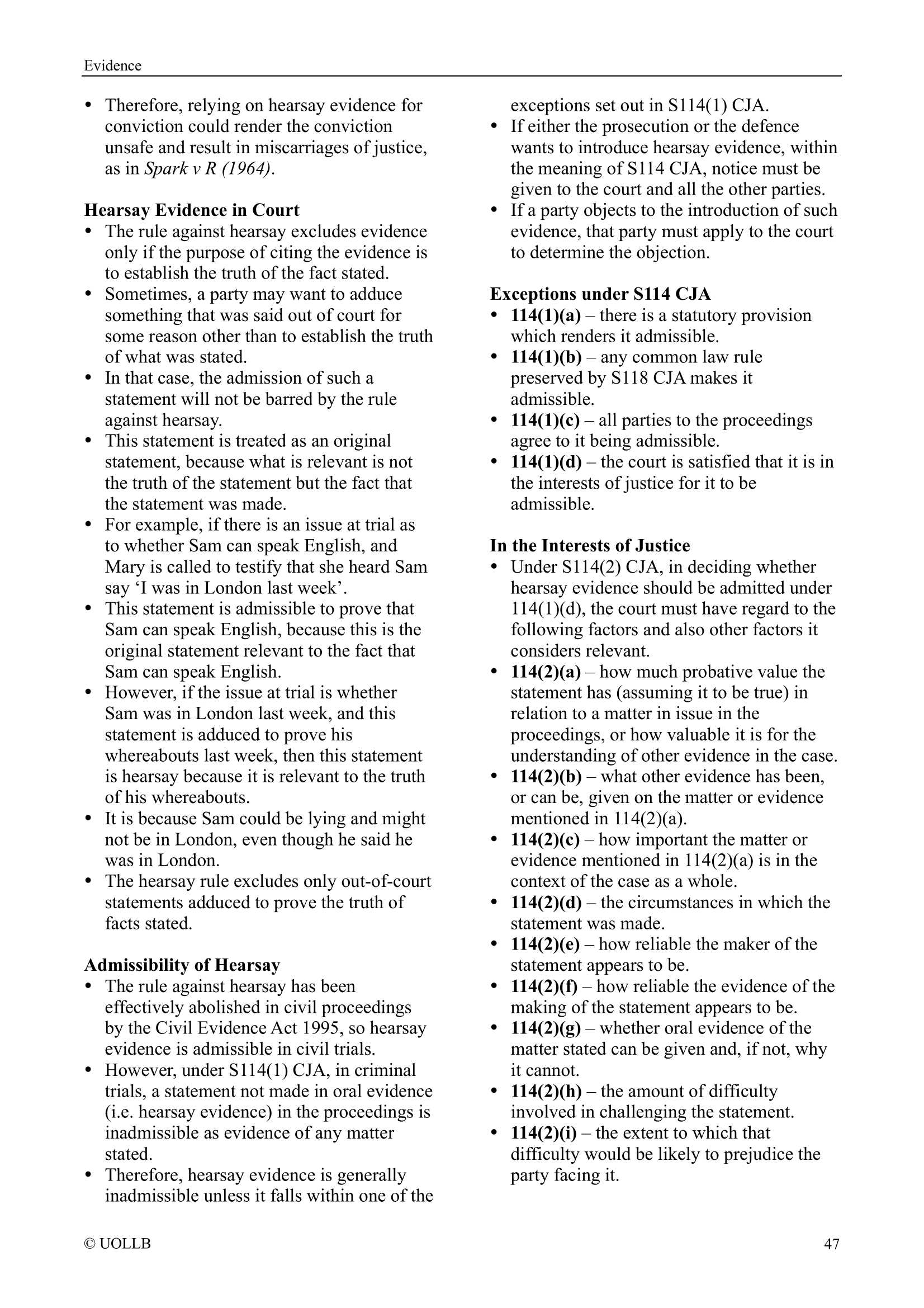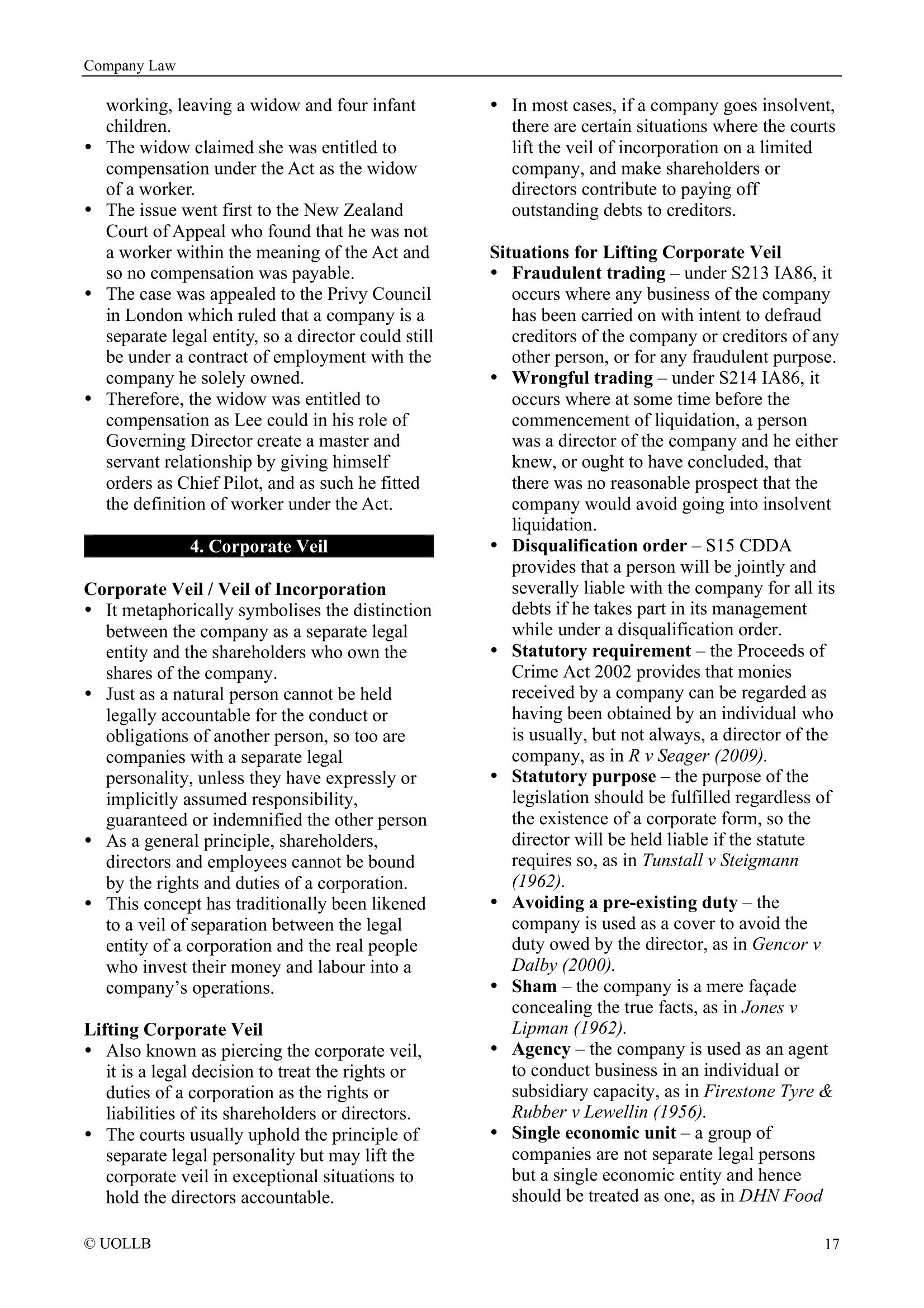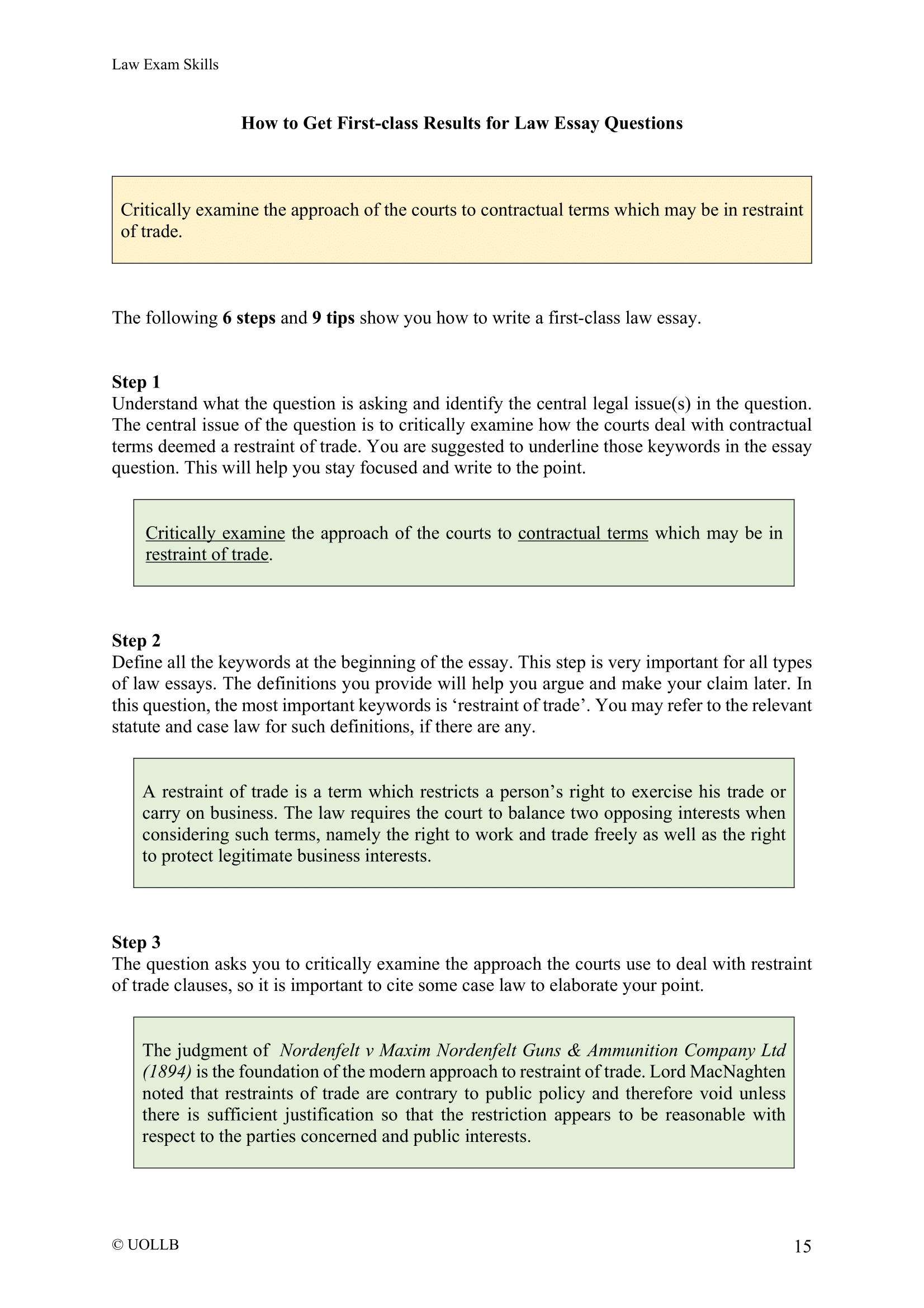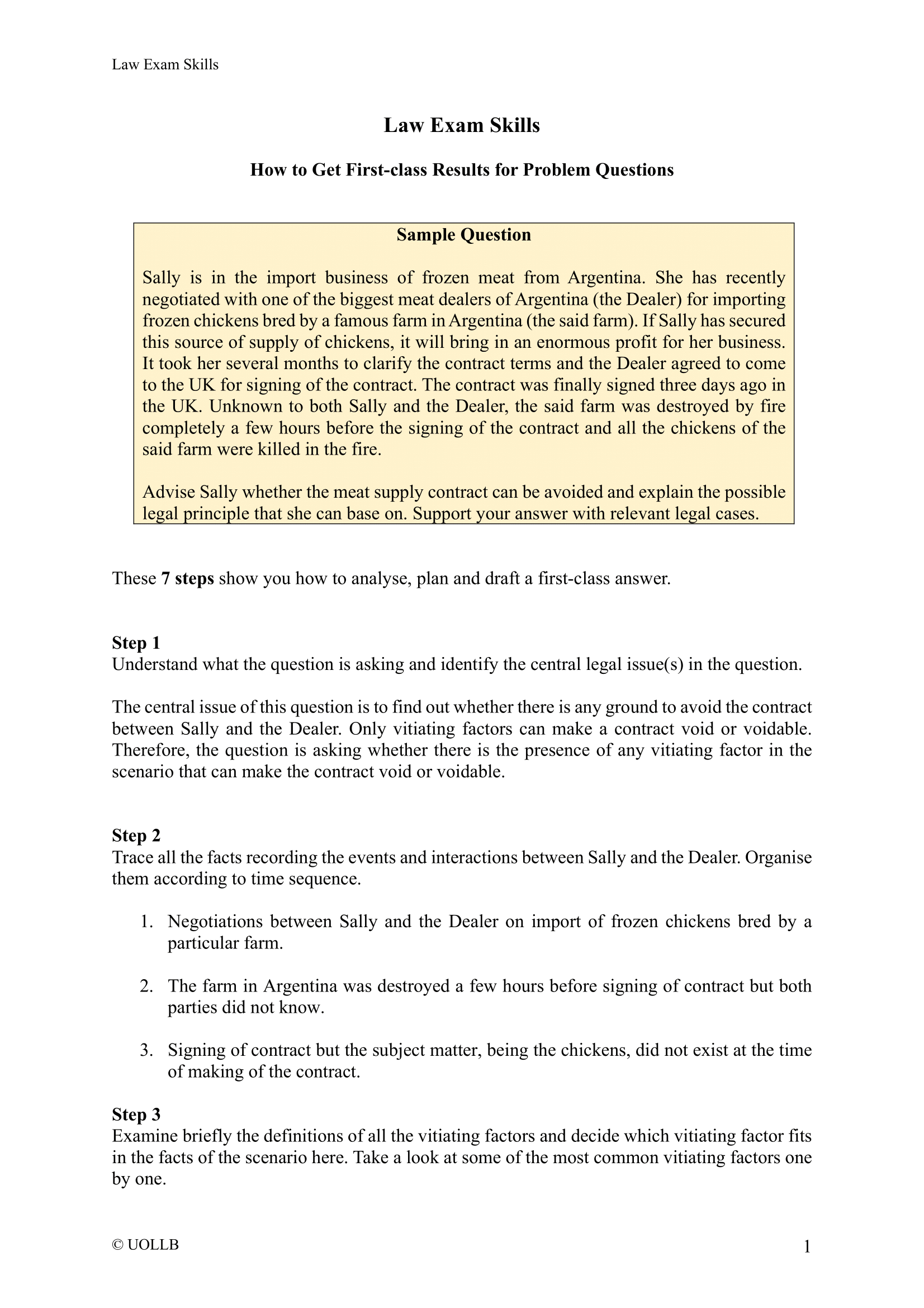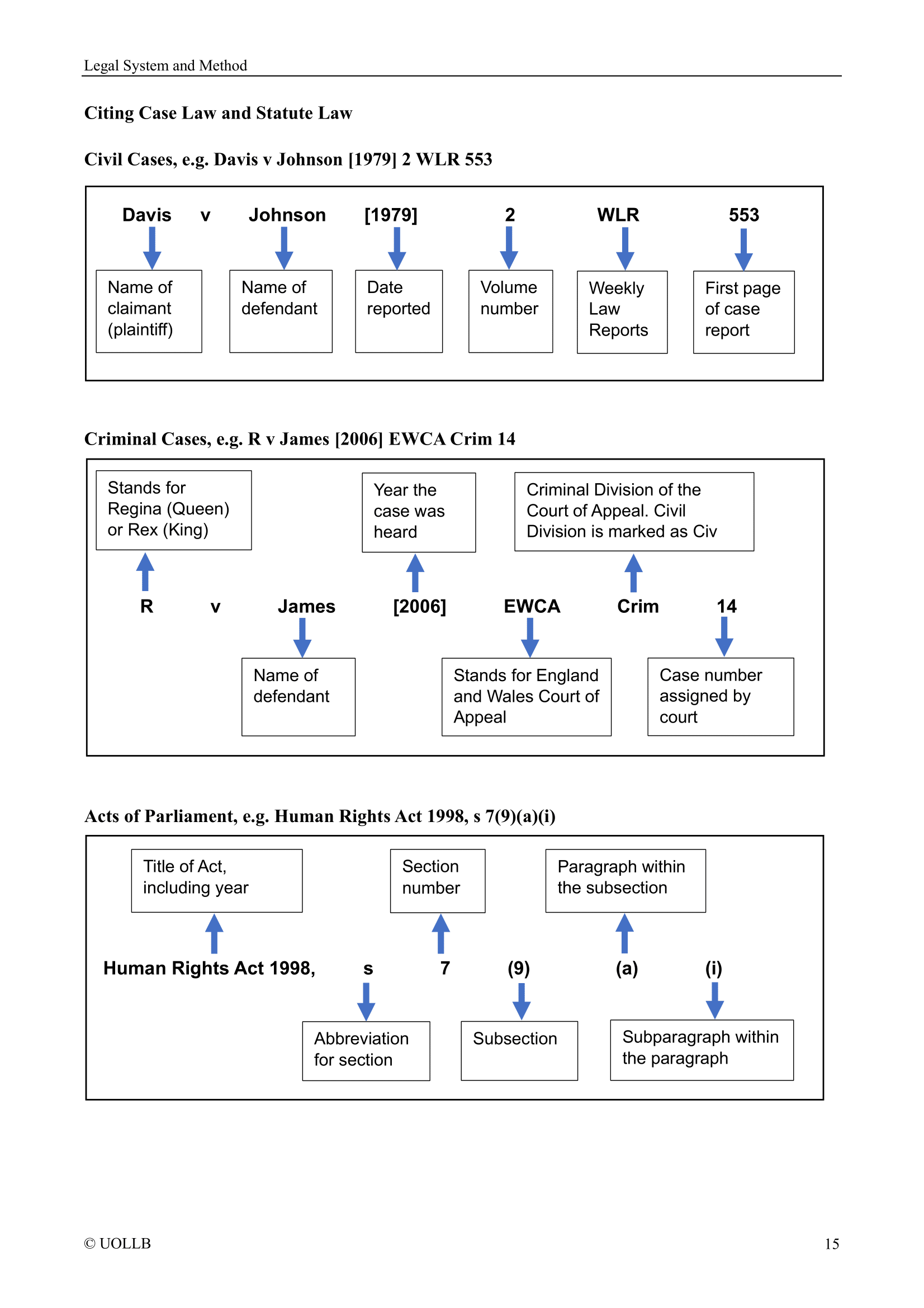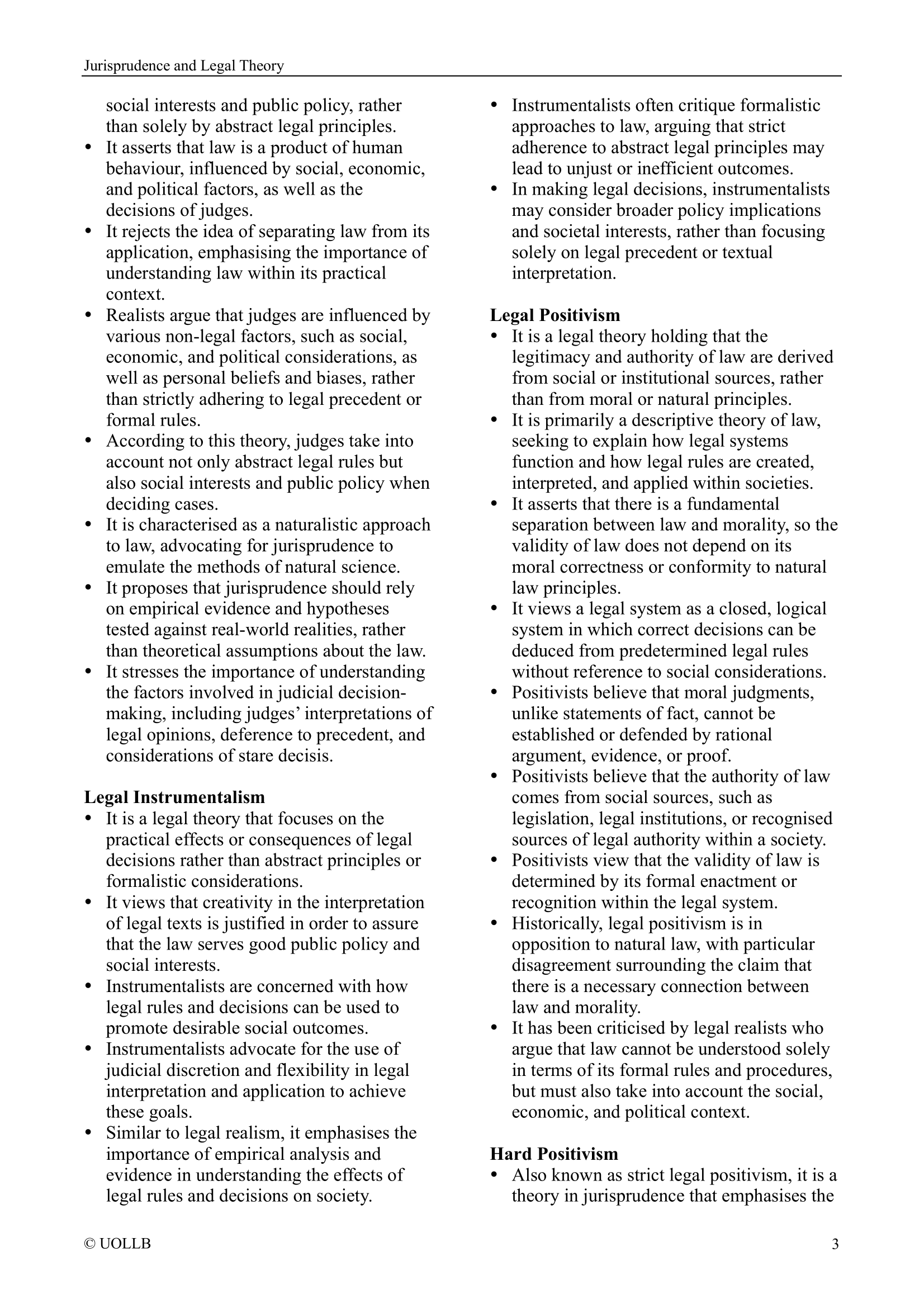What Is Common Law?
Share
Common law is a legal system that relies primarily on judicial decisions made by courts, rather than laws passed by a legislature or written into formal codes. This means that the outcome of a legal case often depends on how similar disputes have been resolved in the past. When a judge decides a case, that decision, especially if made by a higher court, can become a precedent. Future judges are generally expected to follow these precedents when deciding similar cases. This practice is known as the doctrine of stare decisis, which is Latin for "to stand by things decided". As a result, common law is often referred to as "judge-made law" because it evolves through court decisions rather than legislative enactments.
The common law system originated in England after the Norman Conquest of 1066. Before that, different regions in England followed their own local customs and legal practices. William the Conqueror sought to unify the country under one legal system, and royal judges began travelling across England, resolving disputes and gradually developing a consistent body of law. These rulings were based on common customs and rational reasoning and were recorded so that future judges could refer back to them. Over time, these accumulated decisions formed the foundation of what we now know as the common law.
A defining characteristic of the common law system is its reliance on case law. Judges do not simply apply statutes; they interpret how those statutes apply in specific situations. Where legislation is silent or unclear, judges fill in the gaps through their decisions. This process not only interprets the law but also contributes to its development. Common law is therefore seen as dynamic and adaptable. It evolves over time, responding to new societal values, technological developments, and changes in public policy. However, judicial decisions must remain consistent and predictable, which is why lower courts are usually bound to follow the decisions of higher courts unless there is a compelling reason to depart from precedent.
Common law systems are often contrasted with civil law systems, which are based on codified statutes and comprehensive legal codes. In civil law jurisdictions, judges play a more limited role in shaping the law and are mainly tasked with applying the written codes. The common law approach is more flexible, allowing for gradual legal development through judicial interpretation. This flexibility is one of the system’s strengths, as it allows courts to adapt the law to new circumstances without waiting for legislative intervention.
Today, the common law system is used in many countries that were once part of the British Empire. These include the United States (except Louisiana), Canada (except Quebec), Australia, New Zealand, India, and various countries in the Caribbean, Africa, and Southeast Asia. In many of these jurisdictions, common law operates alongside statutes and legislation, creating a hybrid system in which both sources of law play important roles.
In summary, common law is a foundational legal system built upon centuries of judicial decisions. It emphasises the importance of precedent, ensures consistency in legal reasoning, and allows the law to evolve over time. While modern legal systems often blend common law with statutory law, understanding the principles of common law remains essential for legal practice in many parts of the world.

